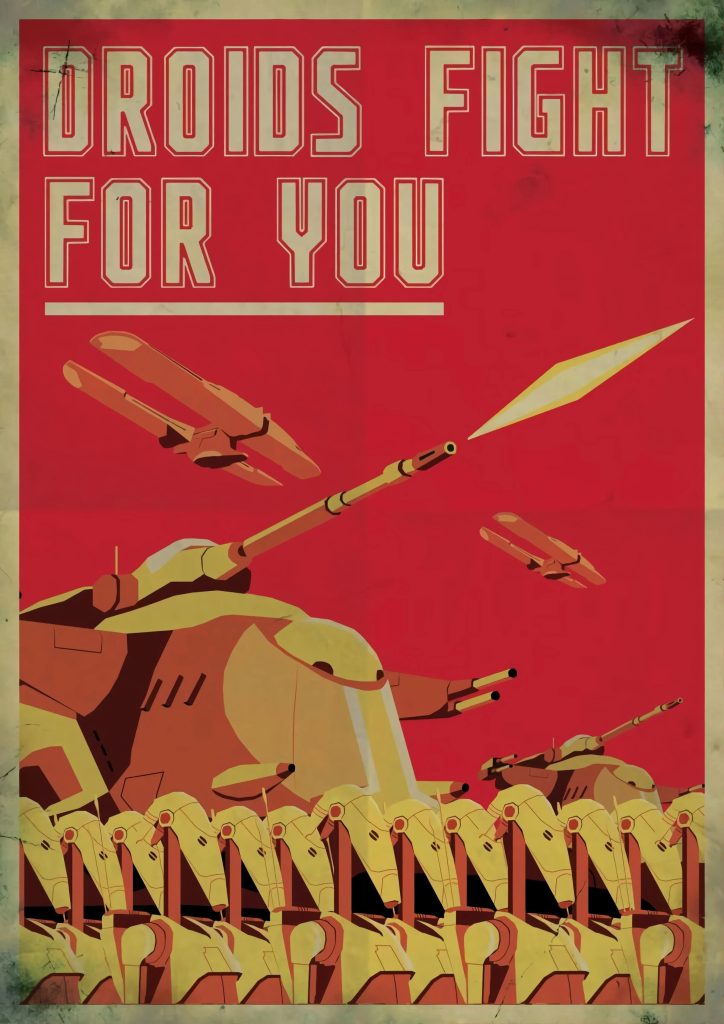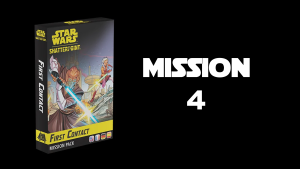This article will be a guide to getting started with the Confederacy of Independent Systems (CIS) in Star Wars: Legion.
This Article was written in September of 2022, if you read it significantly after that date the information may be out of date.
This week we’ll be wrapping up our Getting Started series with the Confederacy of Independent Systems (Or Seperatists or CIS for short). Whether you like the clankers from an aesthetic, lore or gameplay point of view this will help you hit the ground running.
CIS have enjoyed pretty consistent success since launch and have generally oscillated from “good” to “very good”. The more “horde” style of gameplay works well in legion, where a large number of activations goes a long way, but also because they’ve been given some excellent utility characters and units that bring some real firepower to the field.
Learning Difficulty: Medium
CIS are not the easiest army to learn, due to the fact that their mechanics are a bit obtuse for the beginner. That said they also do have some leniency, because they are able to drop the most bodies on the field per point than any other army. Are they generally very bad in combat? Oh you bet, both on offense and defense, but if you make a mistake and leave a unit unprotected, you can afford to lose more than other armies can in the same situation.
Internal balance within the CIS faction has always been notoriously very good. Over time they’ve received a wide variety of units that lets them play with many different playstyles. They’re possibly one of the most adaptable armies and depending on which units you bring can play very different from each other. But that does also meaning learning more about what is appropriate for your style of play.
Strengths and Weaknesses
Strengths
- Activations – You will typically outpace your opponent in activations. Your units have some of the lowest cost in the game and your chaff is at rock bottom prices. 10-12 activations is very achievable for CIS.
- Powerful Force Users – Both Maul and Dooku are very powerful Force users who can hard counter certain lists. As Dark Siders they also get access to the very dangerous Choke.
- Unit Variety – While on paper CIS are the “horde” army, you don’t have to play that way. You have a variety of units that let you play it in some different and innovative ways.
Weaknesses
- Delicate – A lot of your units are delicate, your basic infantry is white without surges to save. This isn’t true of everything, but the stuff with decent saves is gonna cost you.
- Complex – You will live or die by order allocation. The AI mechanic that applies to most of your units can absolutely be your undoing if you don’t mitigate it properly, which makes for a more uphill battle. You will feel like a true general once you get a feel for the ebb and flow of how it works, however.
- Units to be Built Around – While your workhorse units like B1s are super cheap comparatively, some of your best stuff runs on the more expensive side. This means you can’t bring everything and those key units need to be built around to work at optimum efficiency.
Unique Mechanics
Your premier mechanic is AI, which is more complex and involved than any “Faction specific” systems we’ve covered so far. Almost anything in your army that isn’t a commander or operative has this, and it’s more of a drawback than an ability. Every unit with AI has an action next to it and if the unit is not issued an order in your command phase, then they must execute that command as their first action if they are able to. If there are multiple actions listed, then you pick one. After that your second action is yours, but that can effectively waste one of your precious actions. So how do you work around this? From least to most desirable:
- Make the Action Impossible – This is the least desirable method, because there’s generally only going to be one situation this happens: B1, B2s and ATT tanks who have AI:Attack. If they have no valid targets within Range, they can’t attack and you don’t need to burn an action. This generally isn’t ideal and you’ll want to issue orders to B1s anyway, since they can pass orders off.
- Roll With It – Sometimes, you can just sort of accept that you have to do what the card says. For units like Magna-Guard or Commandos, which give you the option to Dodge or Move, this is pretty solid and most of the time you’d probably do one of these 2 things anyway.
- Prioritize your Issued Orders – Obvious, but important. Issue orders to the units you absolutely cannot have messing around doing things that don’t help your game plan. Like any other army you want to have the important orders on the table and save the bag for stuff you’re ok with fishing around for a bit. However you probably noticed you don’t have nearly enough orders on any command card to get everything, which is why you have…
- Coordinate and Direct – These are your bread and butter abilities and you have to master them to get far with the army. Kalani and the Droid Commander have Direct which lets them issue a free order to a unit. B1s and STAP riders have Coordinate which lets them give a command to a nearby unit when they are issued commands. This allows you to chain through multiple B1s, to finalize an order with your most important units. This is why bringing many B1s is vital, even if they don’t engage in combat they can work as pylons to pass orders down the chain of command. There is more detail on how to set up a Coordinate chain in the B1 Unit Guide.
What can make CIS difficult to learn is that every turn when moving your army you must do it with a sense of purpose, so that you don’t break the chain of orders and find yourself struggling to put your strategy back together. The most important bit of advice is when moving: always be keeping your orders for next turn in mind. Don’t let vital units break off, and keep your B1 units within range 1 of another whenever possible.
What Should I Grab?
As always, the Starter set is a good deal. The B1s are going to be your workhorse unit and getting 2 in the set is certainly a good start. Grievious is a very solid mid-tier character. While not always the optimum choice, if you really like him he’s good enough that he can be built around. Sadly Droidekas are not so great which puts a real damper on the proceedings but everything else will make up for it. It’s largely why I wouldn’t recommend more than 1 of this set – you’re here for the B1s. If you can find a Republic friend to also buy a starter set and swap halves, you’ll end up with 4 B1s which is a great start.
As for units to buy after…you have a real strong assortment to pick from. CIS may have the highest ratio of good units in the game, which means there’s something for everyone. Picking which ones should be “top priority” is difficult because some units are best utilized as part of a larger strategy, and it may be one that you may or may not feel strongly about. Many of the “second priority” listed units are far from bad, and many see lots of tournament play, they just require you to plan your list building around them for them to be at their best.
Must-Haves
B1 Battle Droids – While the B2s might be tempting to a new player to get a mix of corps, I really recommend your first stop being more B1s. Depending on your list you’ll want somewhere between 3-6, and yes filling up your list with 6 B1 units isn’t only viable but quite common. B1s are pretty terrible at everything, white attack dice, white save (with no surge) and no special keywords to help attack. However, they can still put in work with a good heavy weapon, and even if you run them naked they are more bodies on the field. Possibly the most important ability they offer to the army is work as conduits to chain orders out to further away units (and to get all your corps orders on the table so what you do draw from the bag is a known quantity).
Super Tactical Droid Commander – One caveat to the cheap bodies CIS have is that most of their heroes are pretty costly. The super tactical commander comes in to fix that problem, and offers some useful traits to boot. Generally running him as the generic version is sufficient, since that’s another precious order you badly need. Kalani and Kraken are both also excellent.
MagnaGuards – You may only need one of them but these guys are great. They’re solid tanks at 2 wounds a piece, red saves, and easy access to dodge tokens with Retinue. They’re one of the few non-Jedi who can stand up to a force user in combat with Charge and immunity to melee pierce. If you brought a repair droid they are extremely difficult to unseat.
STAP Riders – These guys can be solid support units or the linchpin of your army, depending on what you want to do with them. As support, they also get Coordinate, so they can assist in helping dole out orders to your crucial units. If you run 3 they can basically form the entire backbone of your strategy as their unmatched speed and agility makes them perfect for missions like Bombing Run and Breakthrough.
DSD1 Dwarf Spider Droid – One of the big hotness right now, for a support unit, this thing is more like a Heavy. It has a arsenal of different weapons you can equip it with which are very effective, and if your opponent doesn’t kill it in one hit its likely to explode, just make sure you’re not near the blast radius! All of this comes at a low cost for something of this firepower. Spiders are somewhat disadvantaged in matchups against the already notorious Pykes, but you won’t regret bringing them otherwise.
Second Priority
B1 Battle Droids Upgrade – Not as essential as other upgrade kits but the E-5s B1s offer you the valuable Critical keyword, while also letting the delicate troopers stay in the back at safety. If you don’t want to bother, the E-5C B1 that came with the original trooper unit is perfectly serviceable. You won’t need to upgrade every B1 unit you have, just a few with what points are left over, usually. With Outmaneuver/Dodge Spam being so popular right now it’s even debatable whether you even want the 5s over the 5c (or just naked B1s) in those matchups.
Separatist Special Personnel – Worth it for the Repair droid alone, which makes Magnaguards even more terrifying and allows you to restore those fragile dead bodies in your other units.
BX Commandos – These guys are different from the “sniper units” of other armies. You can use them in that way. They’re a cheap 2 body activation for an easy wound and easily the best dice on a sniper rifle with 2 Red and Lethal 1 (Not as good as Pierce itself but close enough). They also come with swords and a fun gimmick build is to run them as melee combatants. Their primary weakness relative to other snipers is the lack of High Velocity, which you will feel in those aforementioned dodge matchups.
AAT Trade Federation Battle Tank – Maybe you’ve noticed a trend with the above; a lot of CIS units are not great into dodge spam. You know what is great into dodge spam? A giant tank that can make an entire attack pool of six reds and a white that has High Velocity. At Range 4.
Count Dooku – Dooku is not on this list because he’s bad, quite the opposite. He’s actually quite terrifying, and fittingly for a Sith lord famous as a duelist he one of the best counter-measures against other lightsaber users in the game with his command cards. The problem is he’s just very expensive, 195 points before upgrades (which you will need), so you have to build around him.
Darth Maul – Maul is a fantastic scalpel, like Dooku he is not here because he’s bad but because Force Users tend to be quite expensive and have a bit of a learning curve. I’d still recommend him highly if you want someone who is much better at the melee game and exceptional at objectives. Once wounded he gains 3 actions per activation, which is absolutely huge in a game where action economy is everything.
Cad Bane – Cad Bane has come a long way. Originally considered DOA, he got some significant buffs in the form of an updated unit card with the arrival of mercenaries. He’s tricky to master as much of his abilities surround playing games with your opponent, but Bounty is a powerful keyword which can give you a crucial victory point needed to win you the game, and Cad Bane is very durable and excellent at objectives.
Conclusion
That wraps up the Getting Started series for the primary factions of the game. While we might explore a Getting Started with the Shadow Collective down the line, as of right now the unit selection is too slim to dive into any real depth. Hopefully they have been helpful in aiding you pick a faction, or understand which direction to go with the faction you may have already chosen. Good luck out there and hope to see you on the field.






1 Response
Here’s a quick value comparison of the Battleforce vs. a core set swap;
At MSRP, the Core set is $120 U.S, while the Battleforce, Essentials Kit, and a set of barricades comes to $200 U.S. The core set swap gives you an extra copy og Grievous if you want 2 poses, while the Battleforce gives you an AAT, Magnaguards ($105 combined MSRP), offical copies of the battleforce command cards, skirmish setup, and 2 more rangw ruler segments. That’s probably a better balue, but it’s also a larger investment.